
Latest
Wintertid
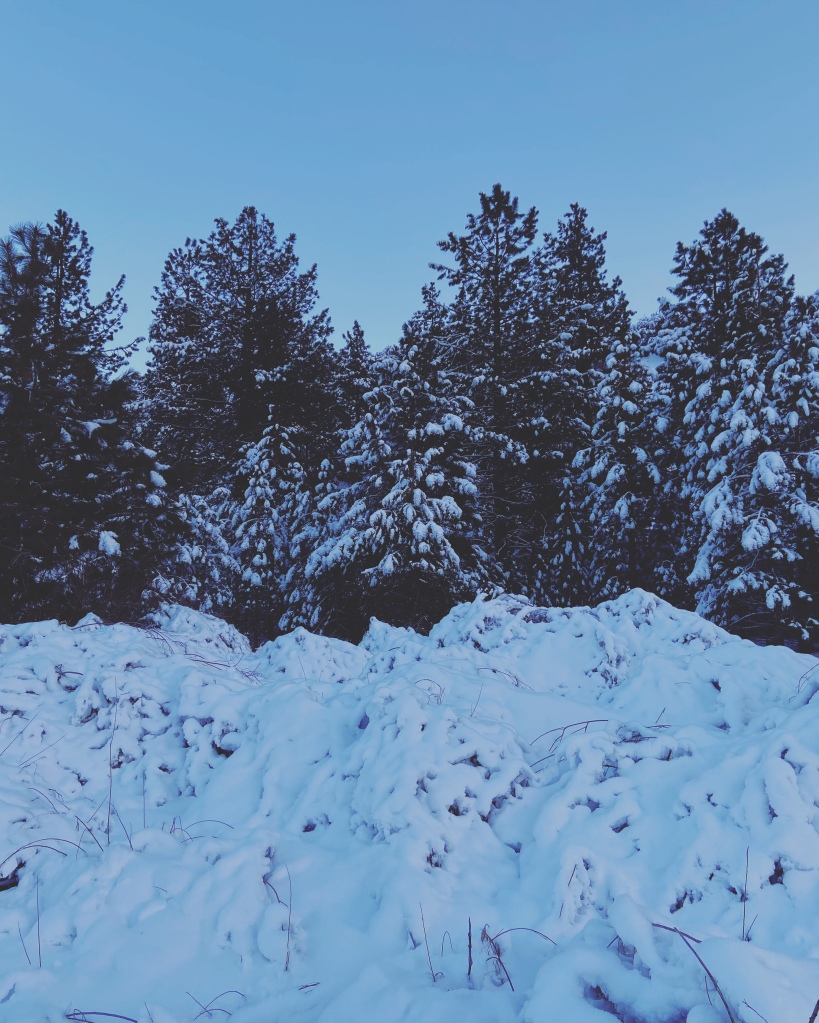

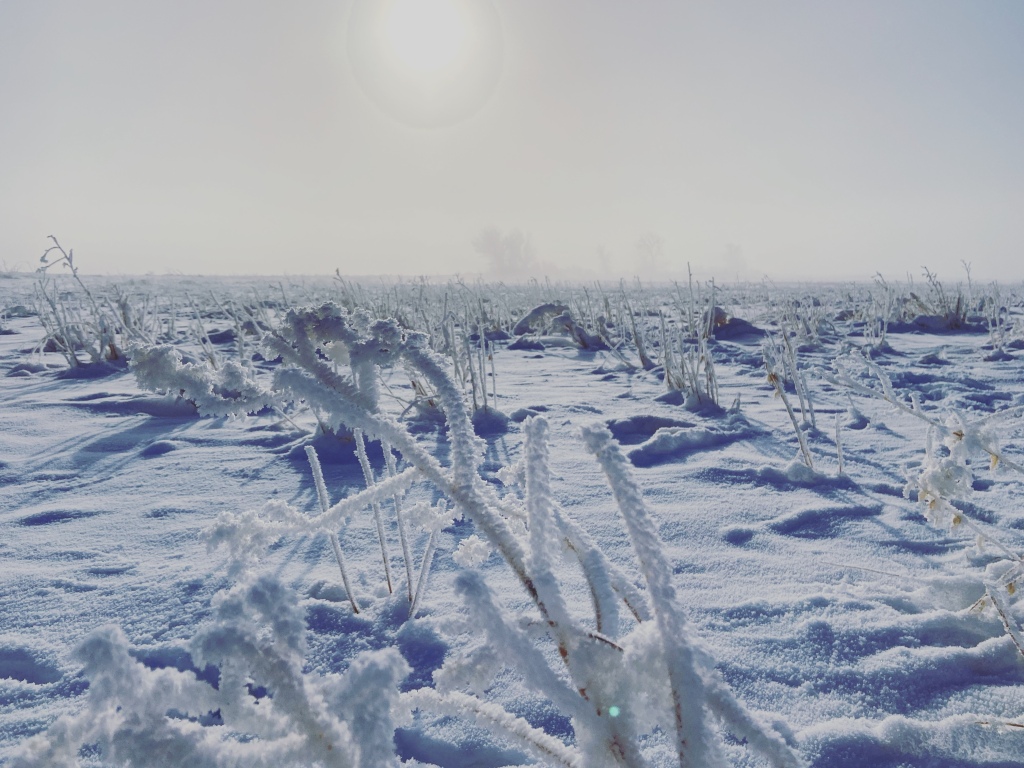
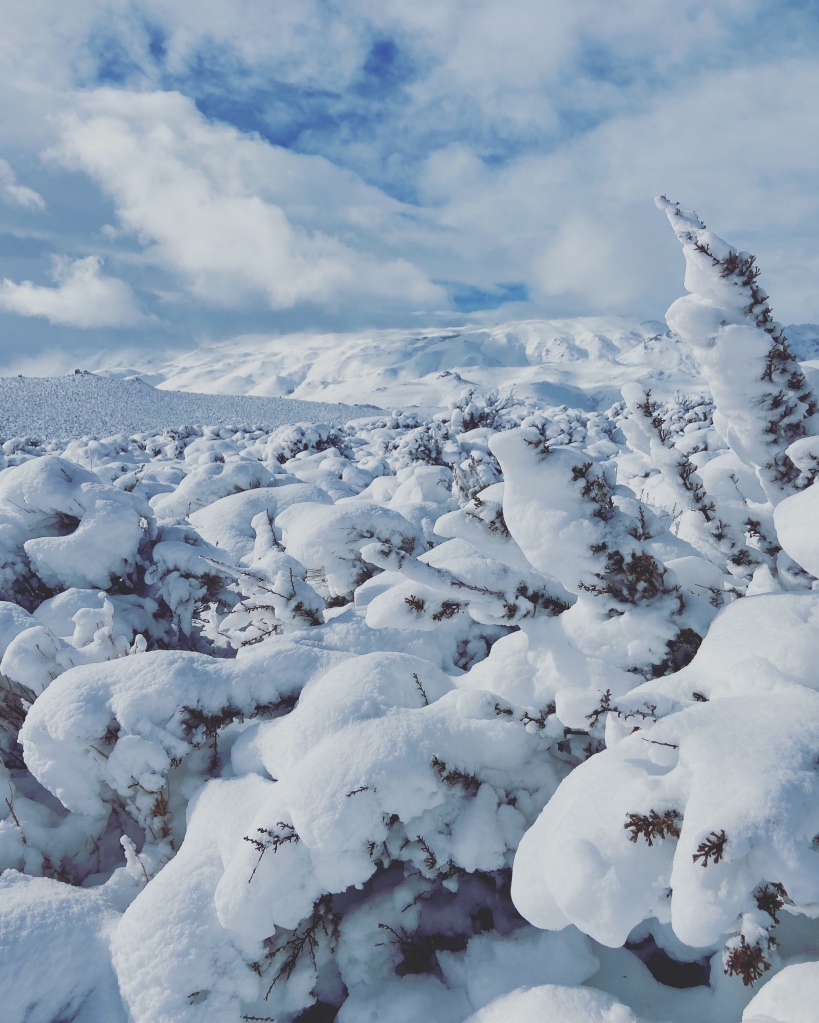




Wintertid
Hröð-
Candle scribe



A candle scribe
Hröð-
Summer


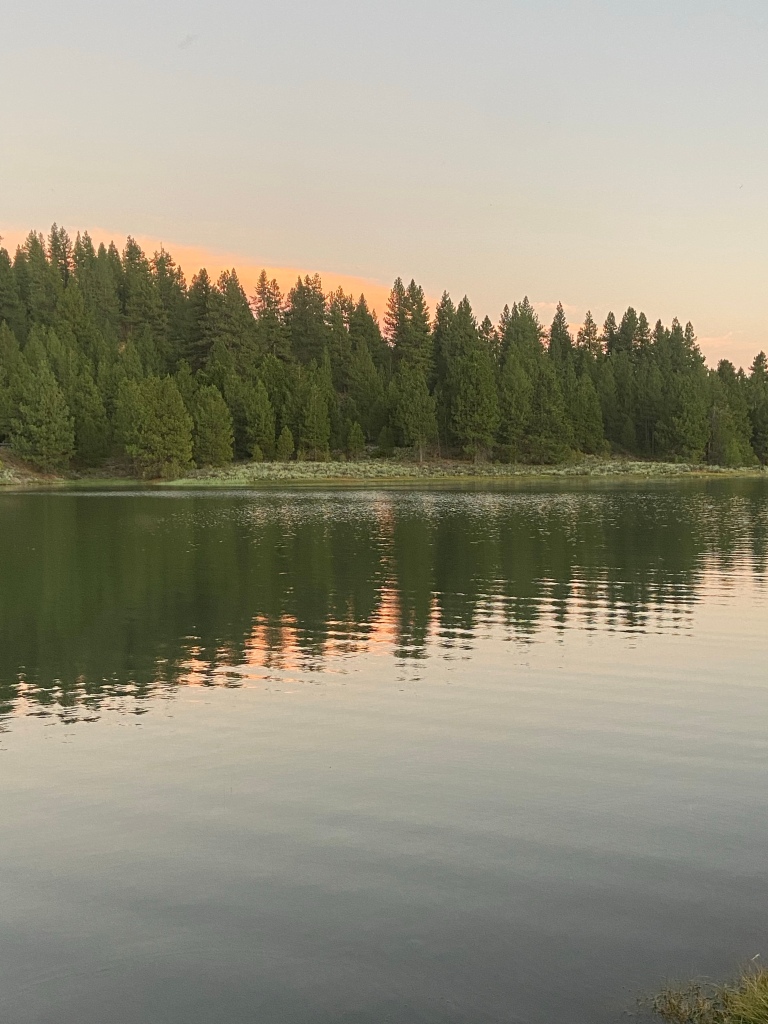





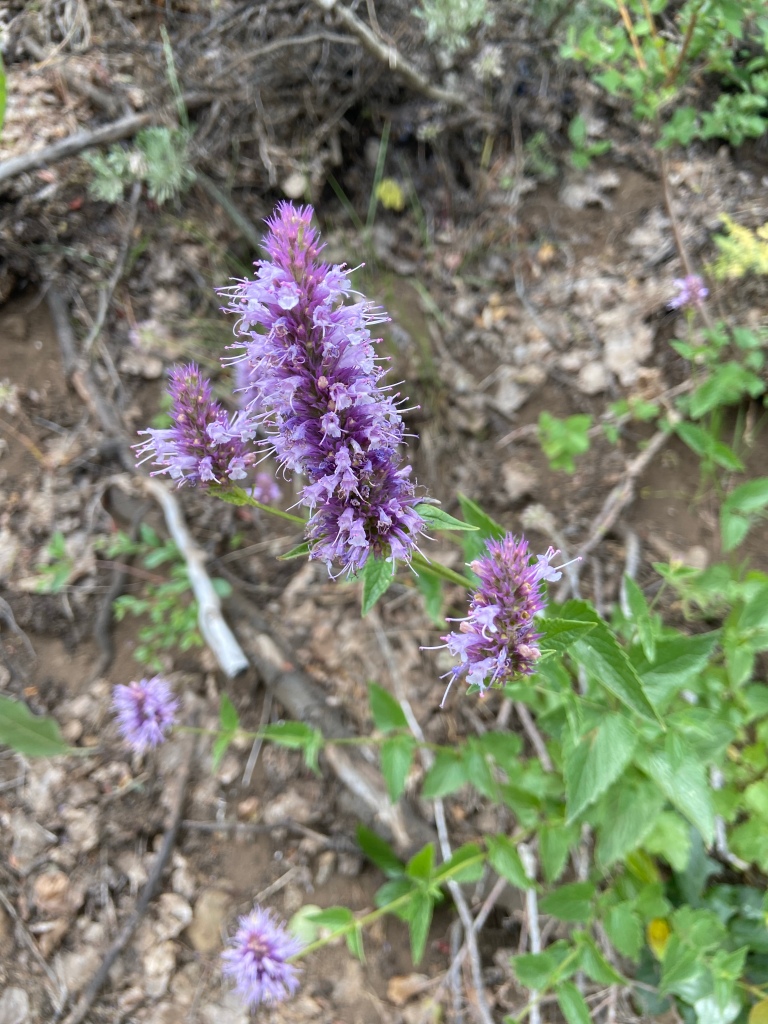

Summer adventures.
Winter






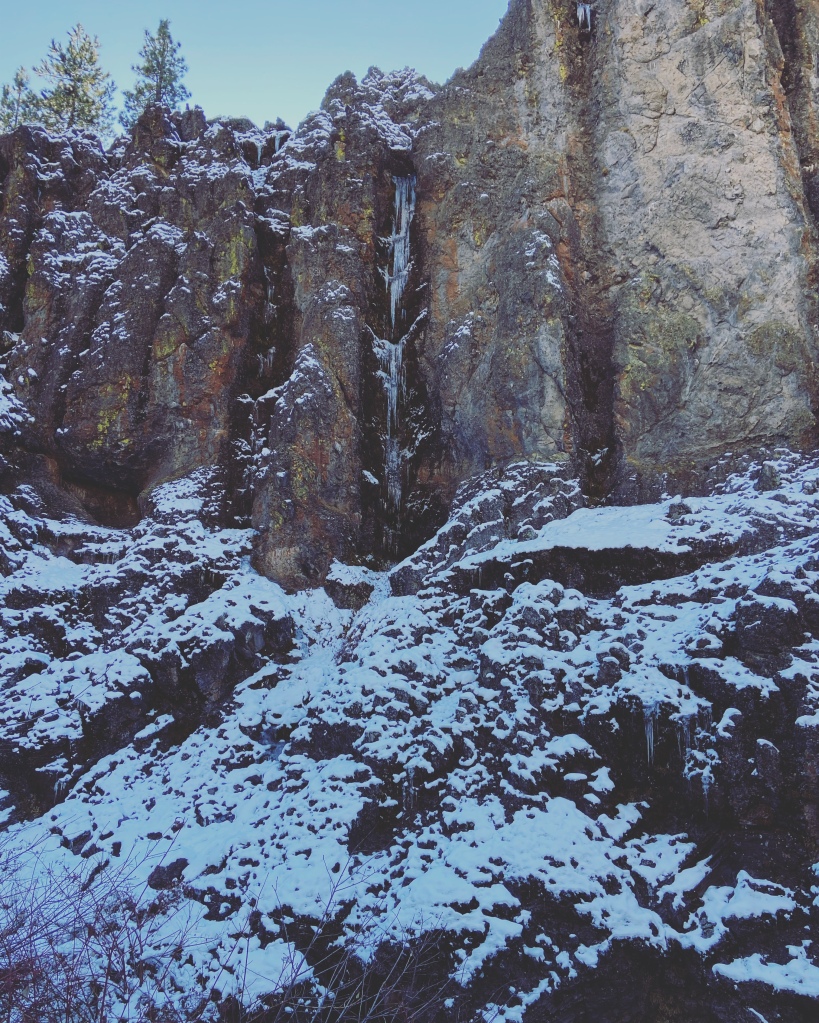
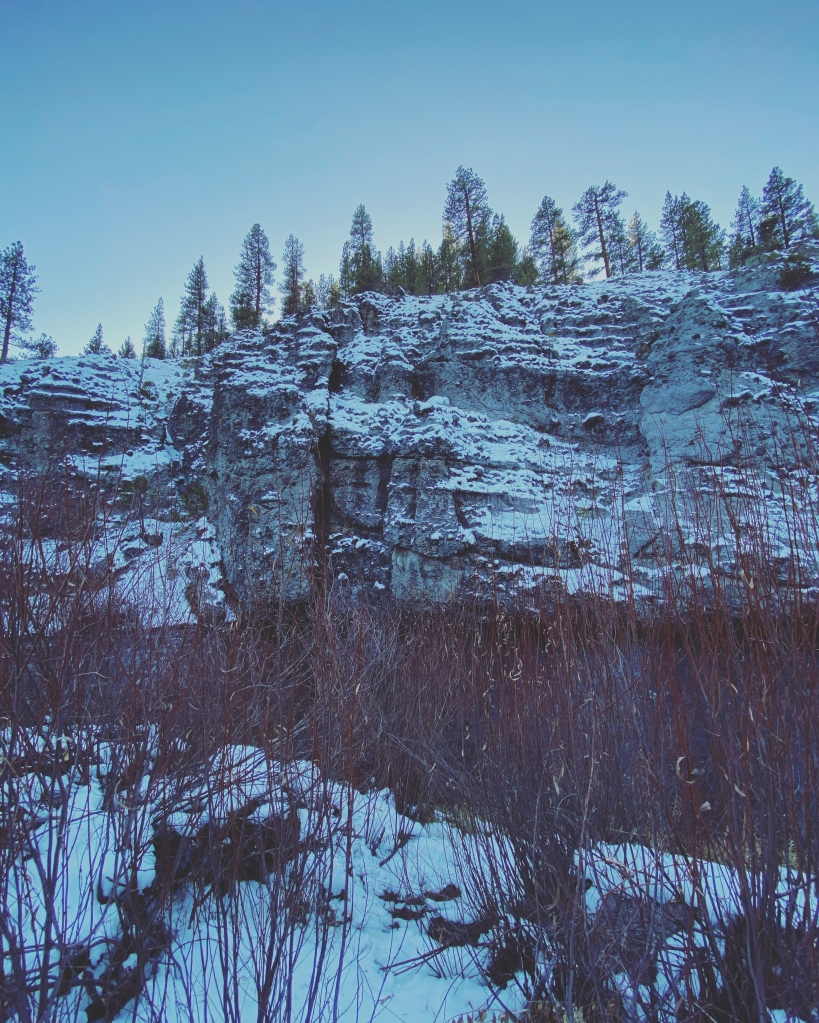
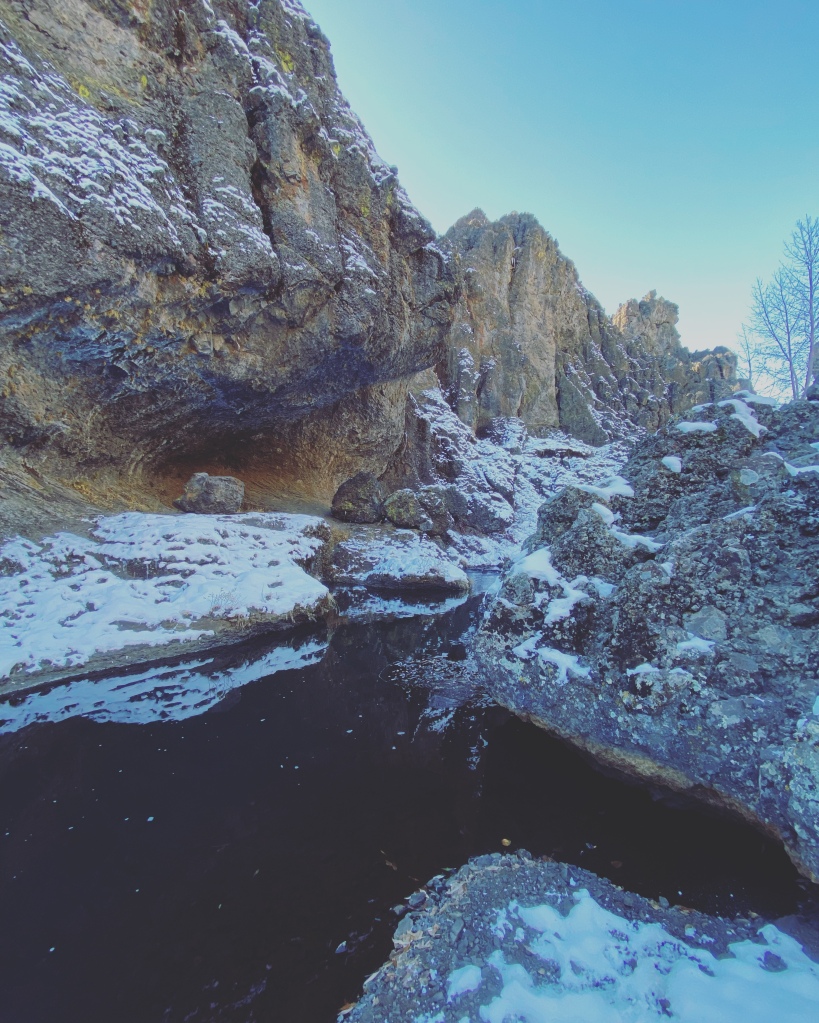

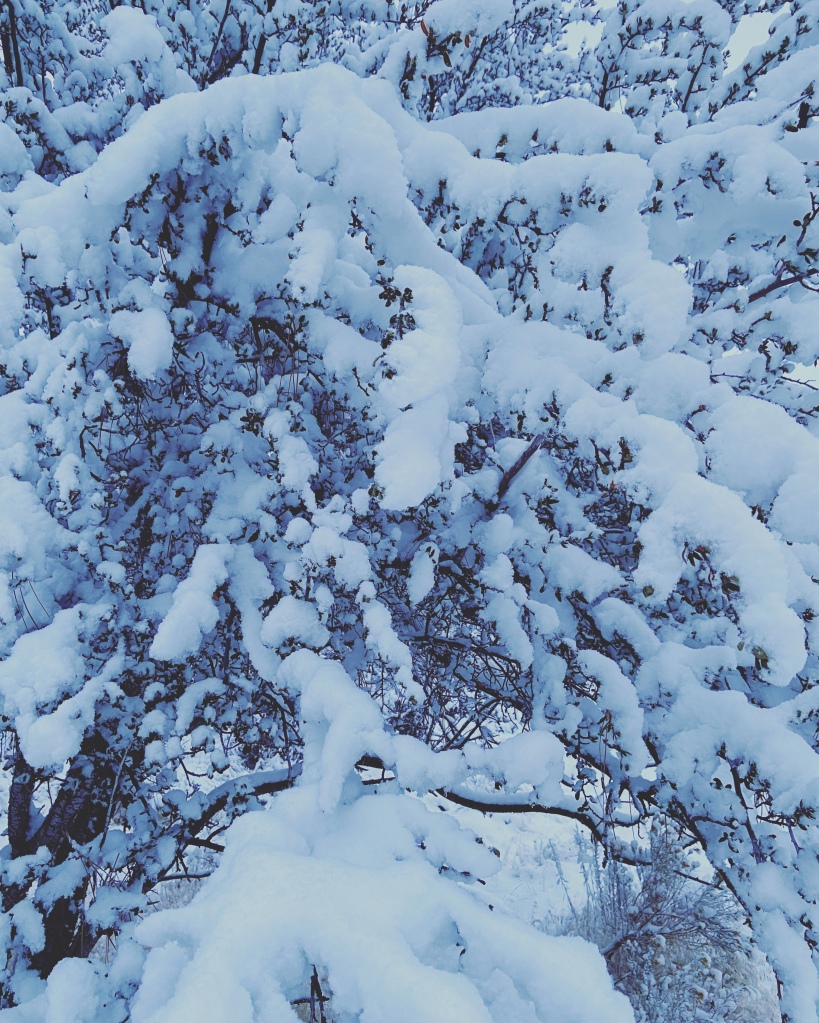





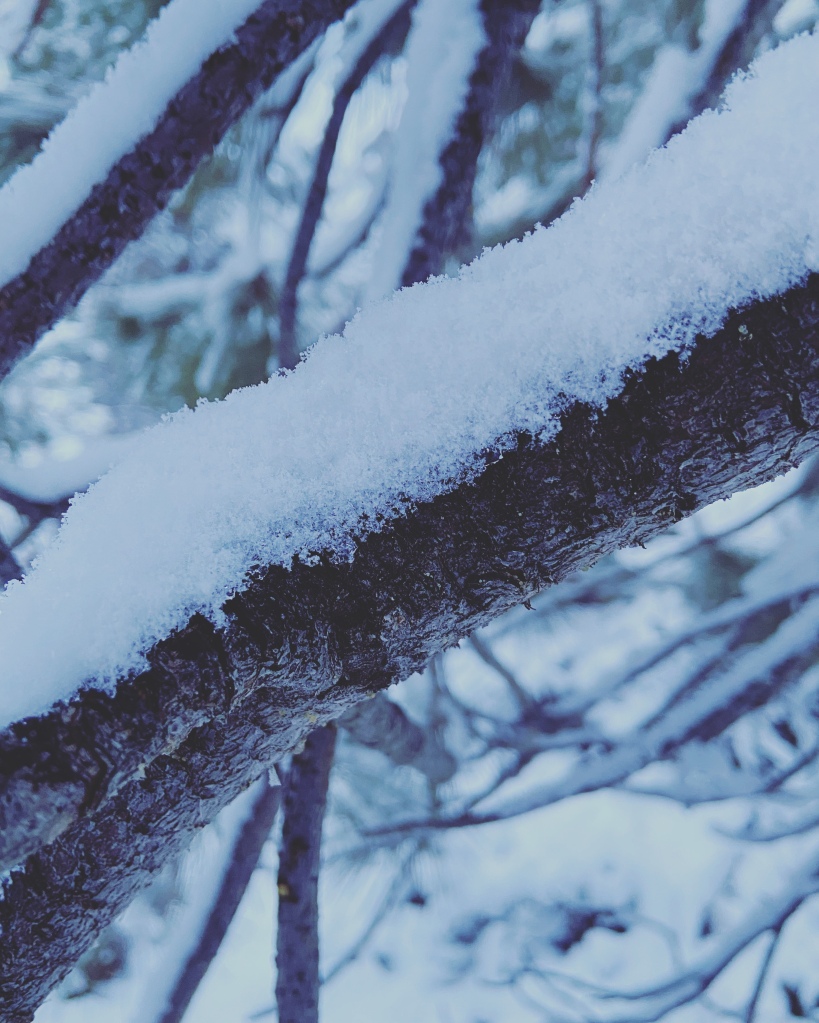

Winter so far
Hröð-
Celts and Germans (Random thoughts and myth comparison)

Germans, Celts, Manus, Teutates-Toutatis, Tuisto Etc.
The Celtic God Teutates is described by Roman writers as a Celtic God of War, associated or compared with both Murcury (Woden) and Mars (Tiw). It is said he was one of 3 major Gods worshiped by the Celts in Gaul and Britain (Taranis = Thor)
Esus (Ing) and Teutates (Tiew/Woden). In Tacutus’s Germania he describes the first information of Germanic tribes to be recorded: That they worship an Earth Born God called “Tuisto” or Tuisco* (*cognate to Tiw) earlier reportedly meaning “Two” or “double” and the later being possibly cognate to Tiw. Is Teutatis and Tiw (Tiwaz) somehow related? Is Tuisto in fact Teutatis and the name sake of the Tribes of which the Germans take their name (Deutsch).
Are Teutates, Taranis and Esu cognate to Woden þunor and Ing.
War, Thunder and Lord.
Celtic Sea God Manannán cognate to Germanic Manus? Manannan is described as a Tuatha Da Danan (People of Danu) a tribe of divine beings that inhabited Britain before the humans arrived. The Milesians (Celts or Scythians) then inhabited the Islands. Are the Tuatha Da Danan a reference to a Teutonic people previously inhabiting Britain? According to the Book Blood of the Isles (which did DNA surveys on Britain) found that Scotland particularly had a surprisingly high migration rate from Scandinavia during the Beaker and later bronze age.
The God Manannan has interesting comparisons to Ing or Freyr:
One:
Freyr is son of Njorð a Sea/Fertility God.
Manannan is son of Ler a Sea God
Two:
Freyr has a magic boat that fits in his pocket.
Manannan has a magic boat that guides itself.
Three:
Freyr has a magic sword which fights on its own.
Manannan has a magic Sword that steals his enemies strength.
Four:
Freyr has a magic boar he rides and is associated with horses/horse cults.
Manannan has a magic horse who rides over sea and land (Also Sleipnir like)
Both Celtic and Germanic myth describe a primordial Race of Giants being in conflict with the Gods of order. Greek myth which is also Indo European has Titans as the primordial beginning. The Germans have Ettins/Jotuns or Eotens and the Celts have
Formorians.
The Tuatha Da Danan Battled the Formorians in Celtic myth as the Vanir Battle the Æsir in Norse or Germanic although Vanir does not exist outside later Norse sources. It is unknown if the Eldest kindred of Teutons (Germans) acknowledged a difference between Gods or saw them as having tribes. Perhaps it was simply a matter of Æsir and Jotuns as the Vanir are descended from Jotuns technically. Elements of Celtic mythology appear to almost reference the settling of the Indo-Europeans across Europe and even place the Tuatha Da Danan as the northern most of these groups. (Later they are the Pagan Irish Gods).
Were the Formorians and Fir Bolg Hunter Gatheres and Neolithic Farmers?
While the Earliest Teutons share a vague Celtic attachment none are more vague than the Belgae:
The Belgae are both linked to the Cimbri and in their own words spring from the Germani a tribe who’s name later becomes a catch all for for all Germanic speaking people. Many of the Belgae names and descriptions say they are in fact Celts but signs of a true mixture of the two groups appears to be in sight. They are hostile to the Gauls but apparently can speak a form of Gaulish. The name Belgae has both Proto Celtic and Proto Germanic etymologies. It is said to mean swelling with anger or battle fury. Caesar states they are the most Brave and when he asked them of their deeds they stated that the Cimbri and Teutons failed to invade them. It is said later the Cimbri led partly to the Belgae as a people. There is inconsistency here.
The Belgae and Gauls are both said to wear winged or elaborate horned or crested helmets. The Celts wore Boar crested helmets as well did Germanic tribes. The Winged Helmet although the accuracy unknown was often attributed to the Teutonic tribes.
It should be noted the practice of Bog Sacrifice seemed to be held across Britain and Southern Scandinavia/Germany and the Nordic Bronze age shares more than a few traits also seen in the Bronze age portion of of the Hallstatt Culture which reached from its origin in Central Europe to the Balkans, Britain Germany and Netherland/Belguim/France. How far North it spread is unknown but the Gundestrup Cauldron appears to be of Balkan Celtic origin.
Sorry if this seems disjointed but it was a thought stream.
Hroð-
Railroad Spike knife.



New piece of steel.
Hroð-
Dithmarschen Mjönir
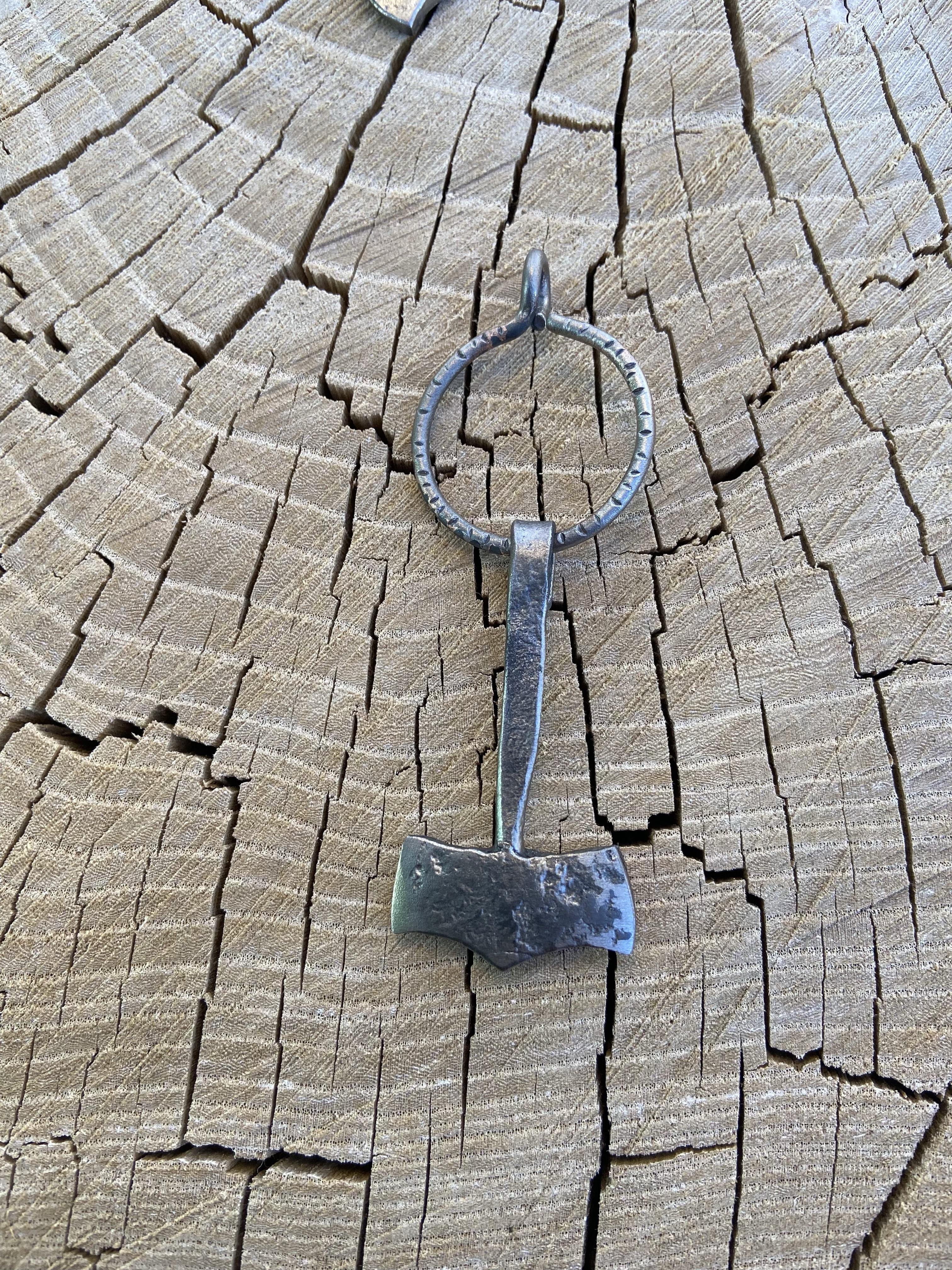



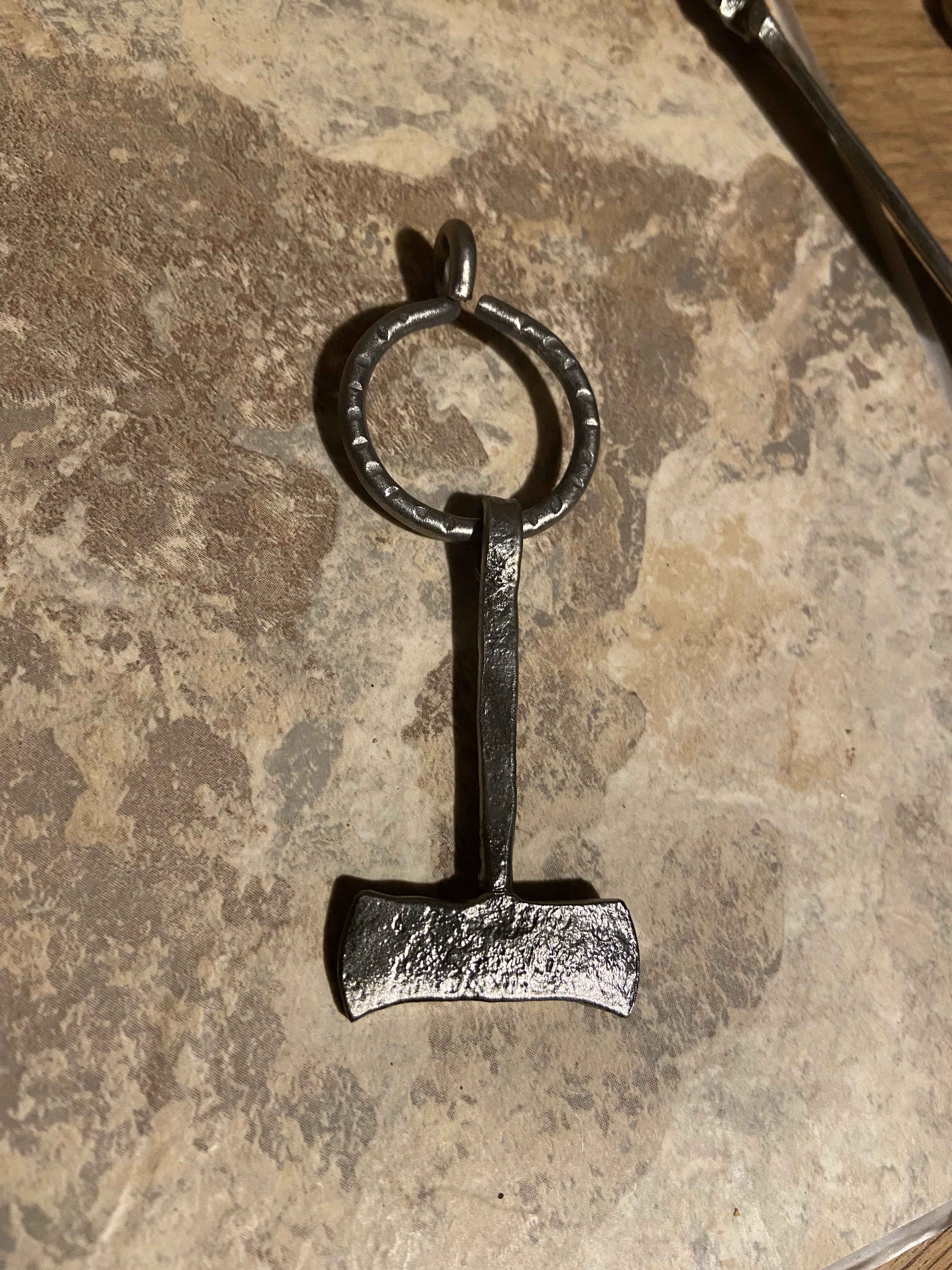
Hroð-
Seax
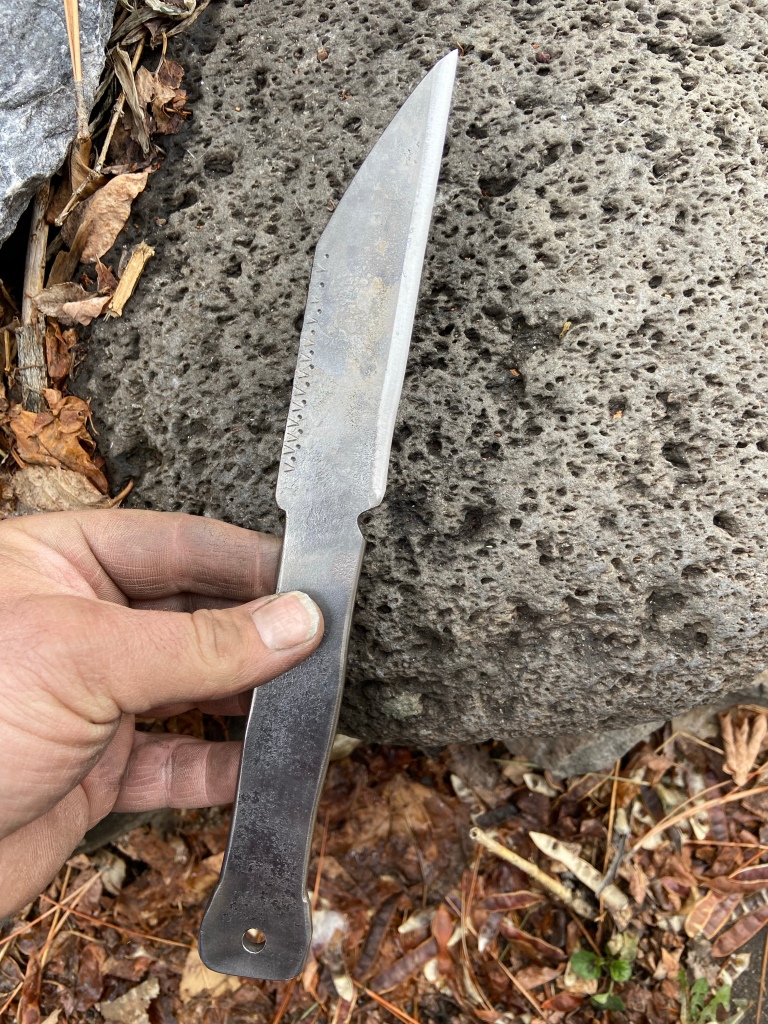
1080 steel. Full steel design.
Hroð-
